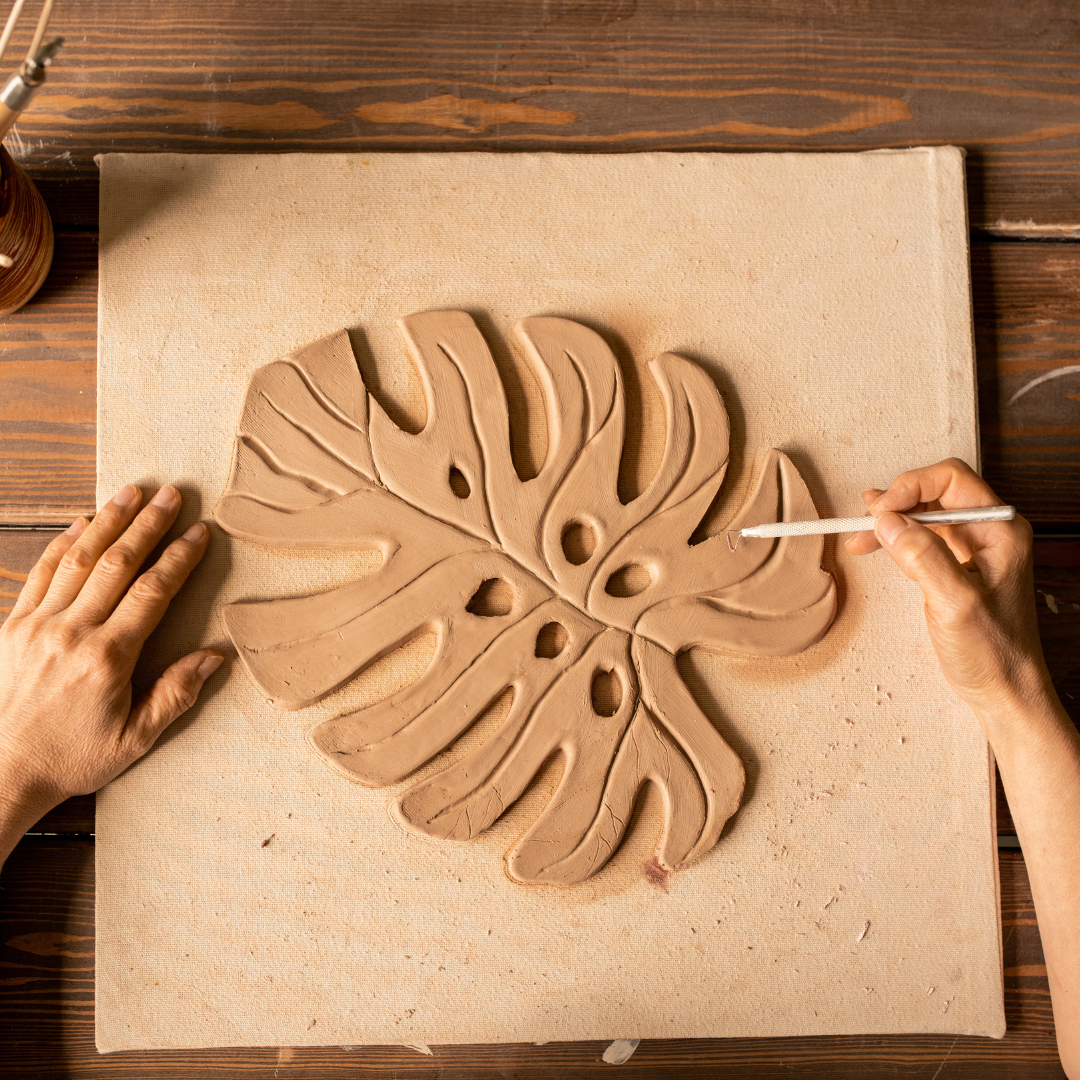Clay is a naturally present substance in the Earth’s crust. All pottery starts out as clay—sand, silt, and carbonate minerals bonded together by water. This mixture is then formed into a shape where energy is needed to keep that shape. The finished product is then heated to about 1,100 degrees Fahrenheit. During this process, the clay bonds with the outer layer of the glass (or another material, such as pottery or metal).
Earthenware clay
Earthenware clay is a natural clay made from the minerals on the Earth. It’s one of the oldest and most common types of clay and has been used for over 10,000 years. While earthenware clay is not as powerful as other clays, it’s relatively inexpensive, easy to work with, and lends itself well to creating forms for pottery and pottery vessels.
Raw clay is the material used for sculpting and pottery, but using the same clay for baking is a much different experience. Earthenware clay is a highly refined ceramic that doesn’t require special high-temperature kilns, making it a more affordable option. But earthenware clay presents its own unique set of problems.
Stoneware clay
The stoneware clay used in pottery is very different from pot-making clays. Pot-making clays are water-soluble and can be used to create pottery. In contrast, stoneware clays are nonsoluble in water and cannot be used for pot-making. Instead, stoneware clays are fired in a kiln at very high temperatures and are therefore more difficult to use than pot-making clays.
Choose stoneware clay which provides thermal and acoustic insulation. The clay will make a deep sleeper, faster unglazed, and vitrified. Repeat molding and baking processes are eliminated. High thermal capacity is obtained. The clay can be molded into many shapes and forms. Its surfaces are smooth, clear, and glossy. The clay is green. It can be fired from 1490 to 1500°F. Glazes can be colored and decorated with many decorative methods, both by hand and machinery.
Porcelain clay
Porcelain clay is one of the more popular sculpting materials used by artists. The base material is composed of kaolin, finely ground white or grey clay that can absorb large amounts of water and dry out with water loss. Used in pottery, porcelain clay is used to create many different styles of pottery as well as fine sculptures.
Clay made from porcelain can vary greatly in color and texture. The clay that is used for porcelain is a mixture of kaolin and ball clay. Once formed into a dough, the clay is hardened and then allowed to dry until it develops a leathery, glossy surface and is brittle enough to crack when struck. The hard, hollow porcelain body would contain crushed bits of glass, quartz, and other minerals, with the kaolin and ball clay added to create the overall consistency and color.
Ball clay
Ball clay is often referred to as “China clay,” and it’s used in everything from pottery and sculpture to toothpaste and makeup. It’s named after the Italian town of San Pietro in Velabro, where its deposits were first noted in the late 1600s.
Ball clay is a ceramic (hardened plastic) modeling material that can be molded into various shapes. It can be colored to create the look of wood and stone, and many manufacturers have begun to produce inexpensive molds to mass produce finished stone and wood mantels and other architectural or decorative items. Ball clay was originally a byproduct of the glass-making process and was discarded as waste; by the mid-20th century, however, artists began to use the material to create realistic-looking, sculpture-like architectural elements, and ball clay soon became one of the most popular modeling materials.
Potter’s clay is used to make stoneware and porcelain pottery. Potter’s clay is also commonly used for modeling and sculpture. Potter’s clay is also an ingredient in oil paints and ceramic glazes.
